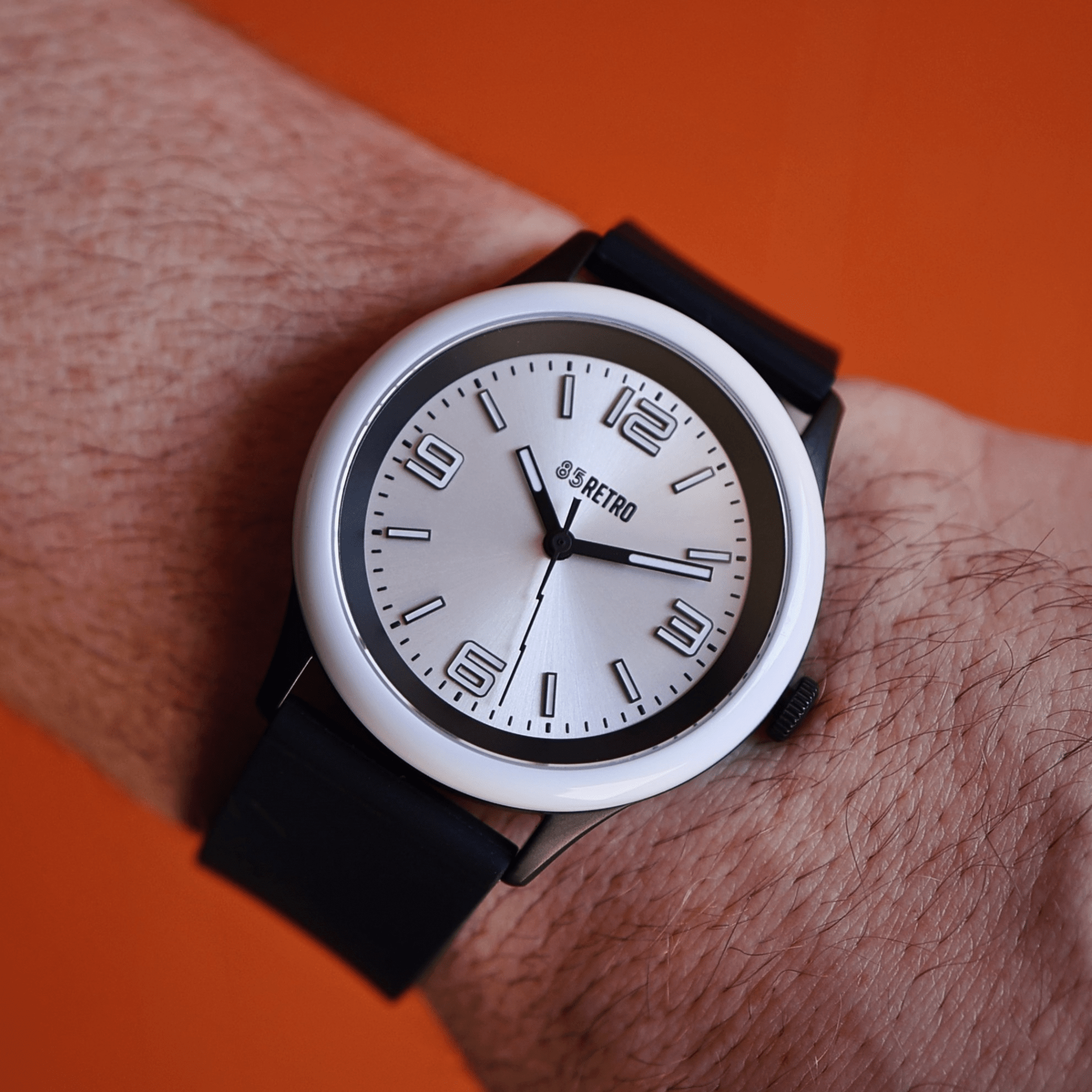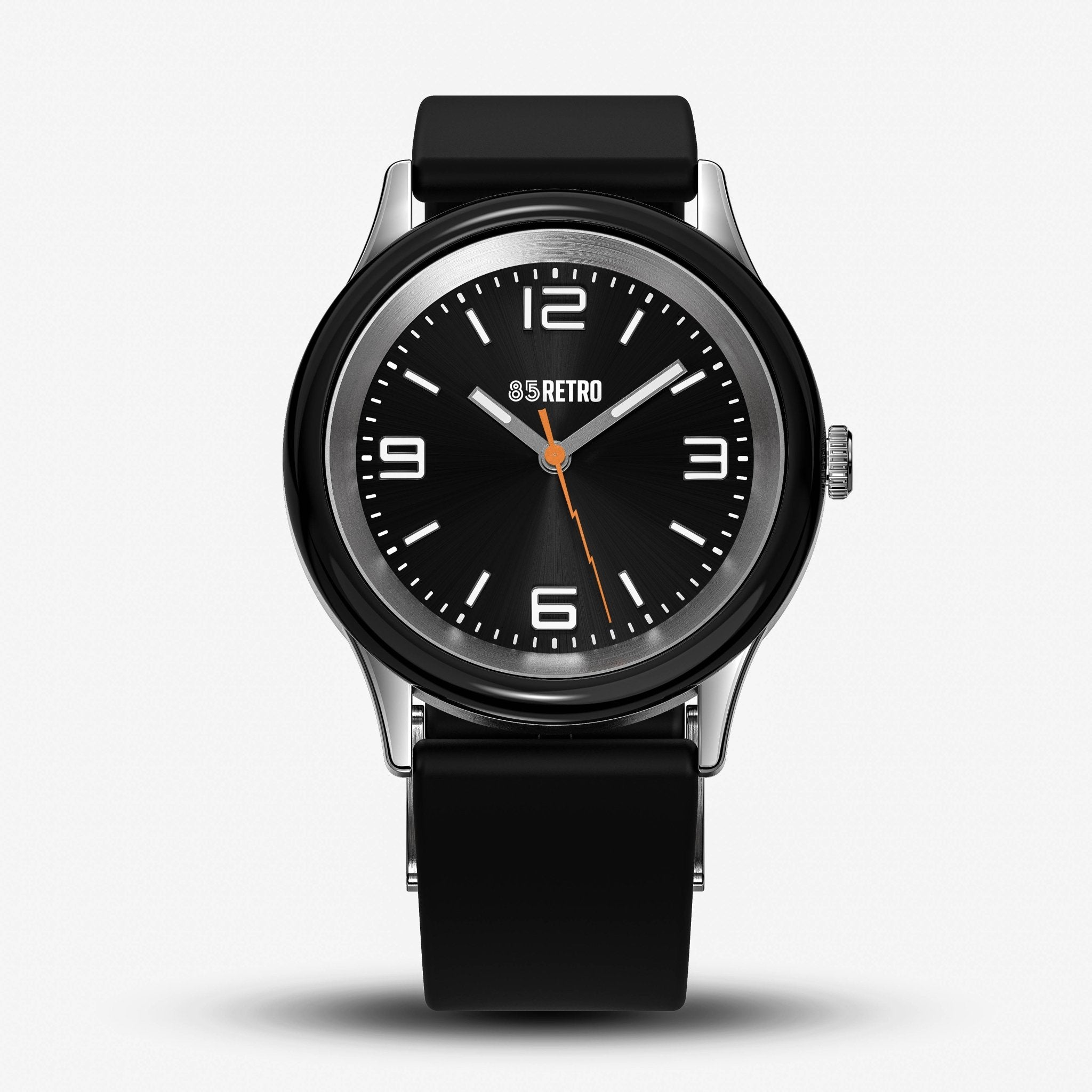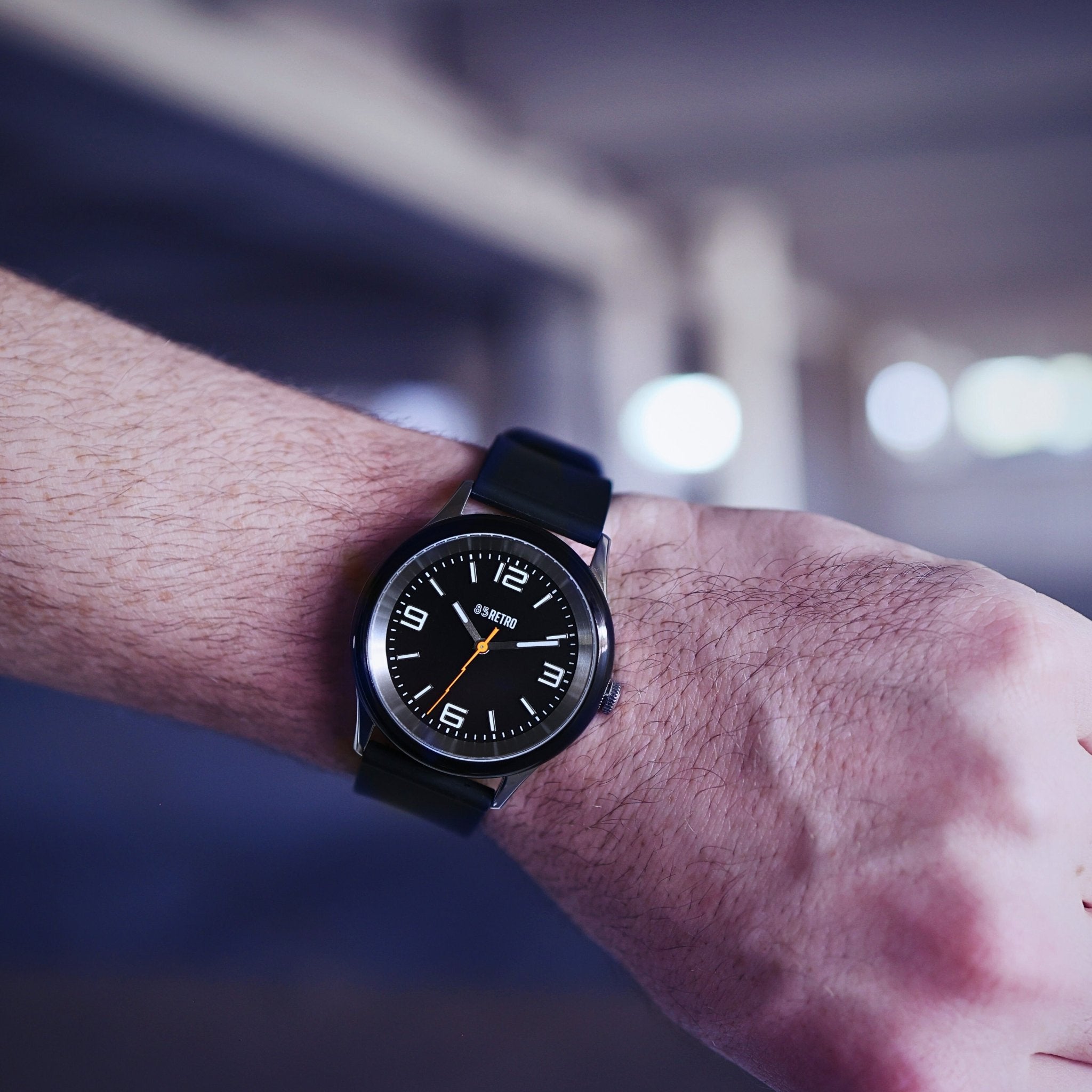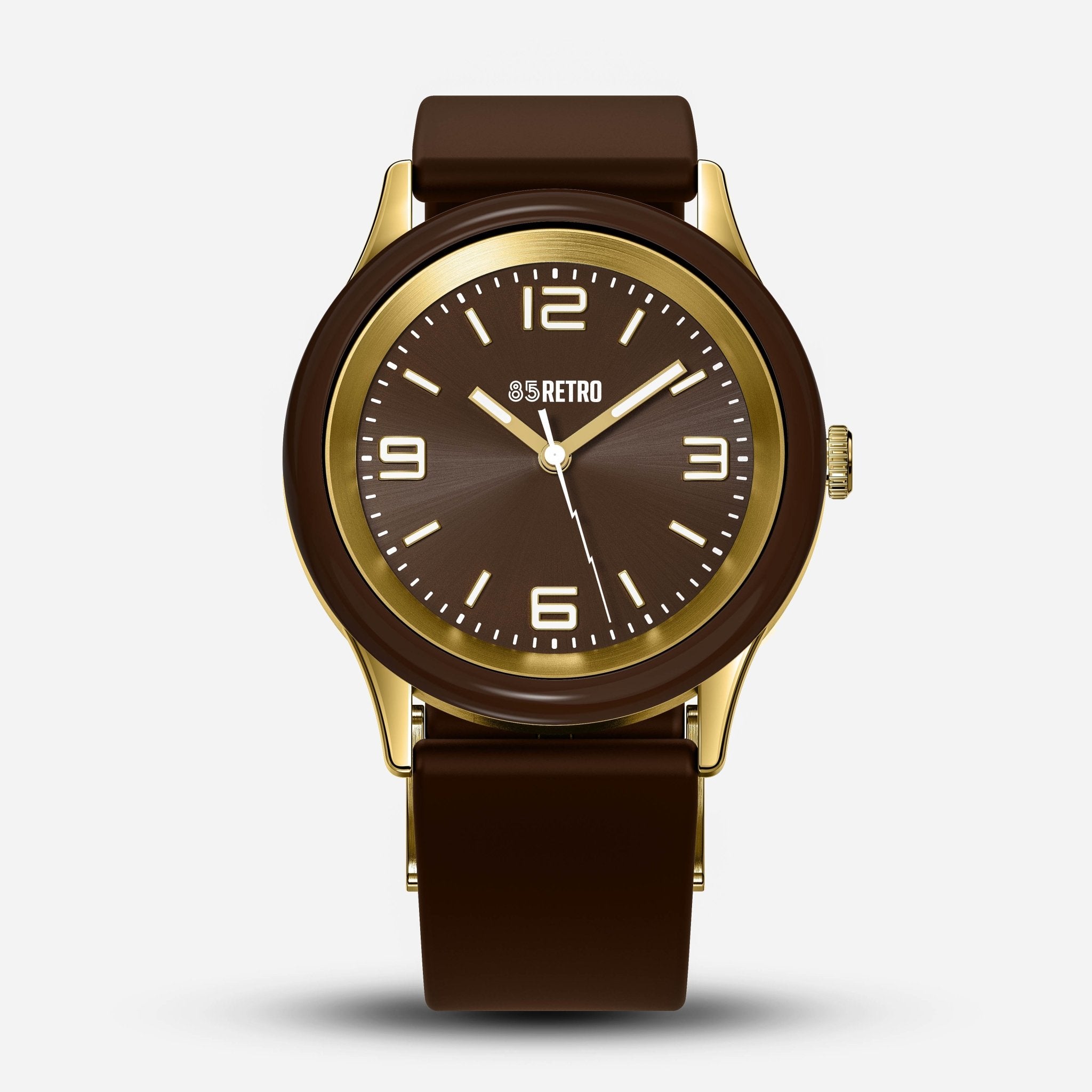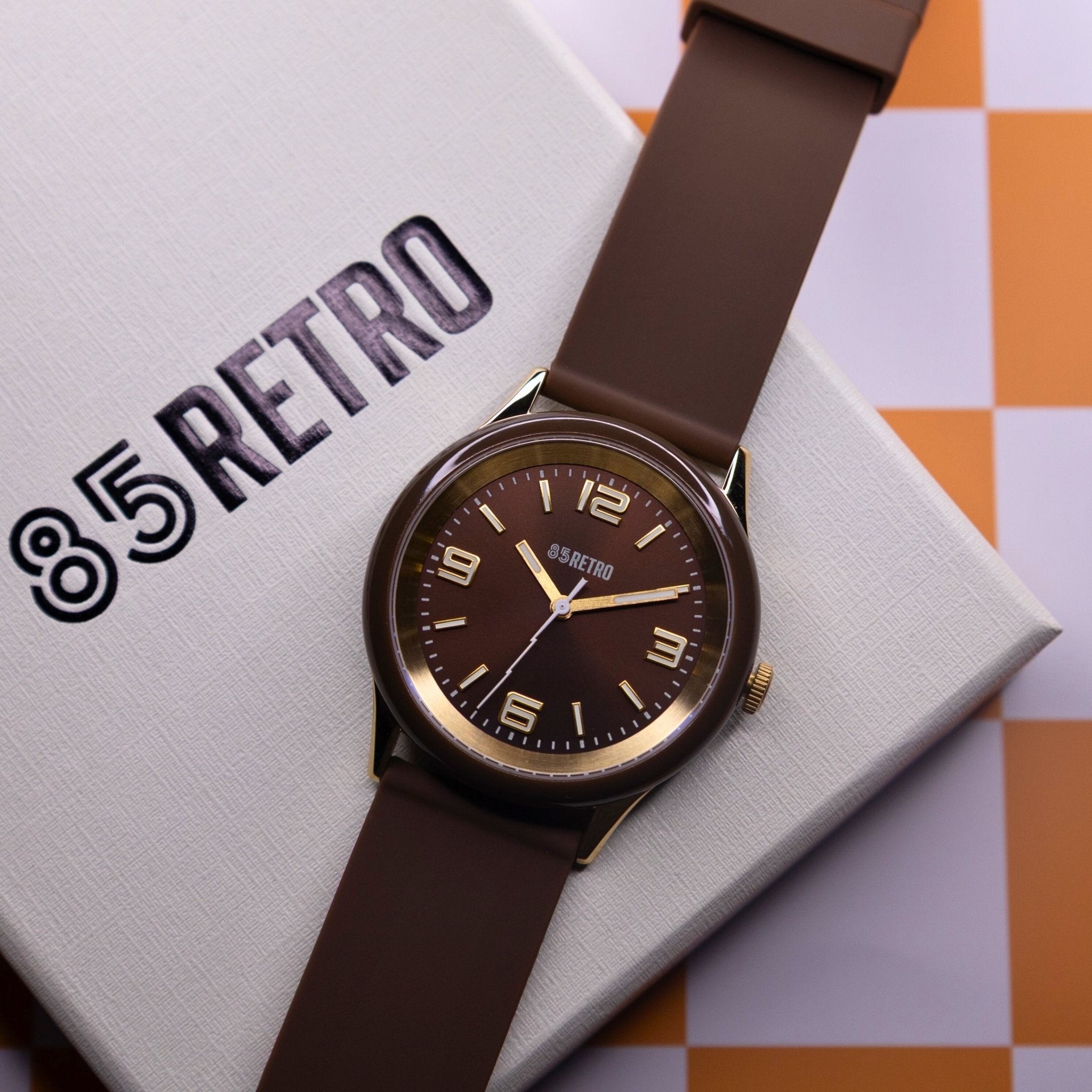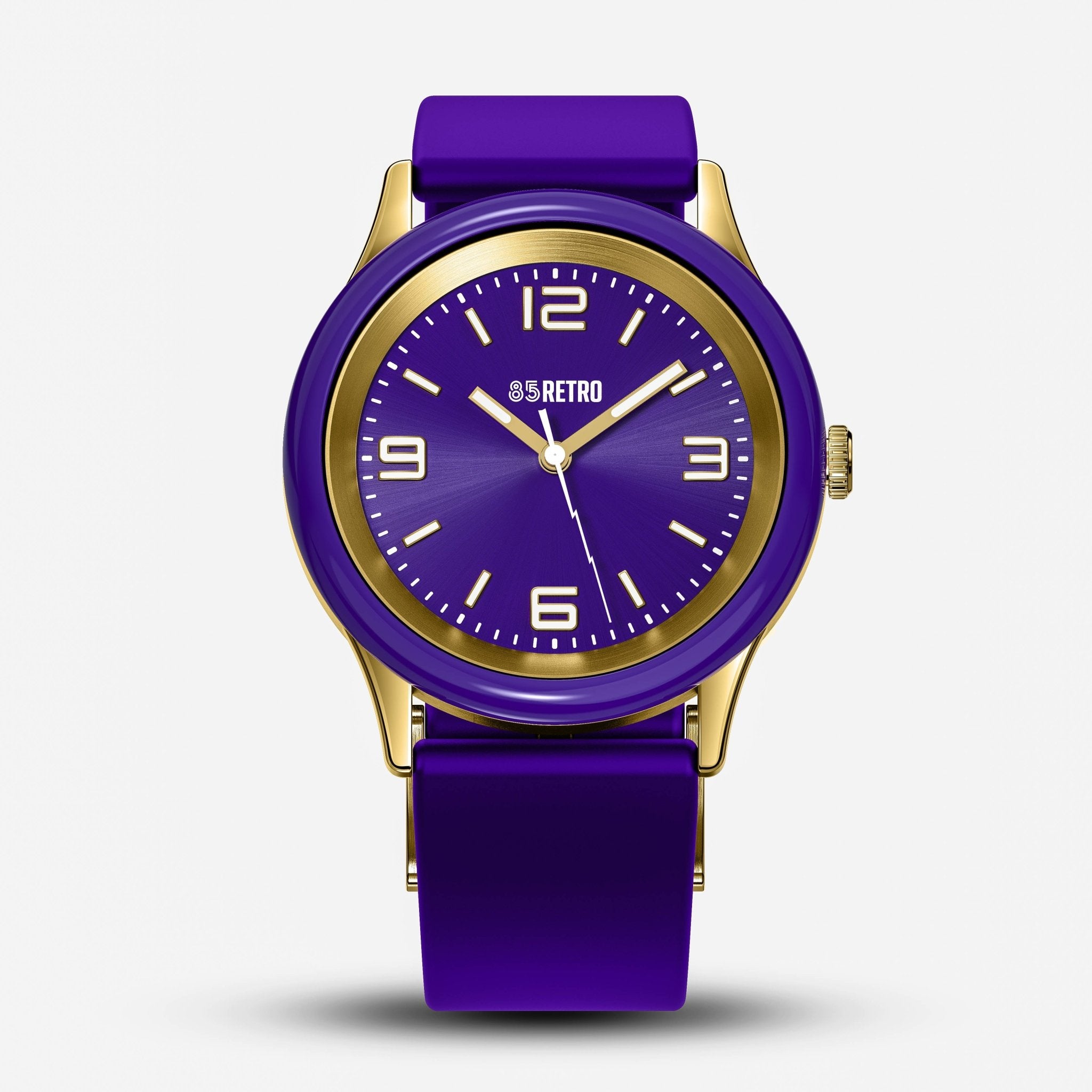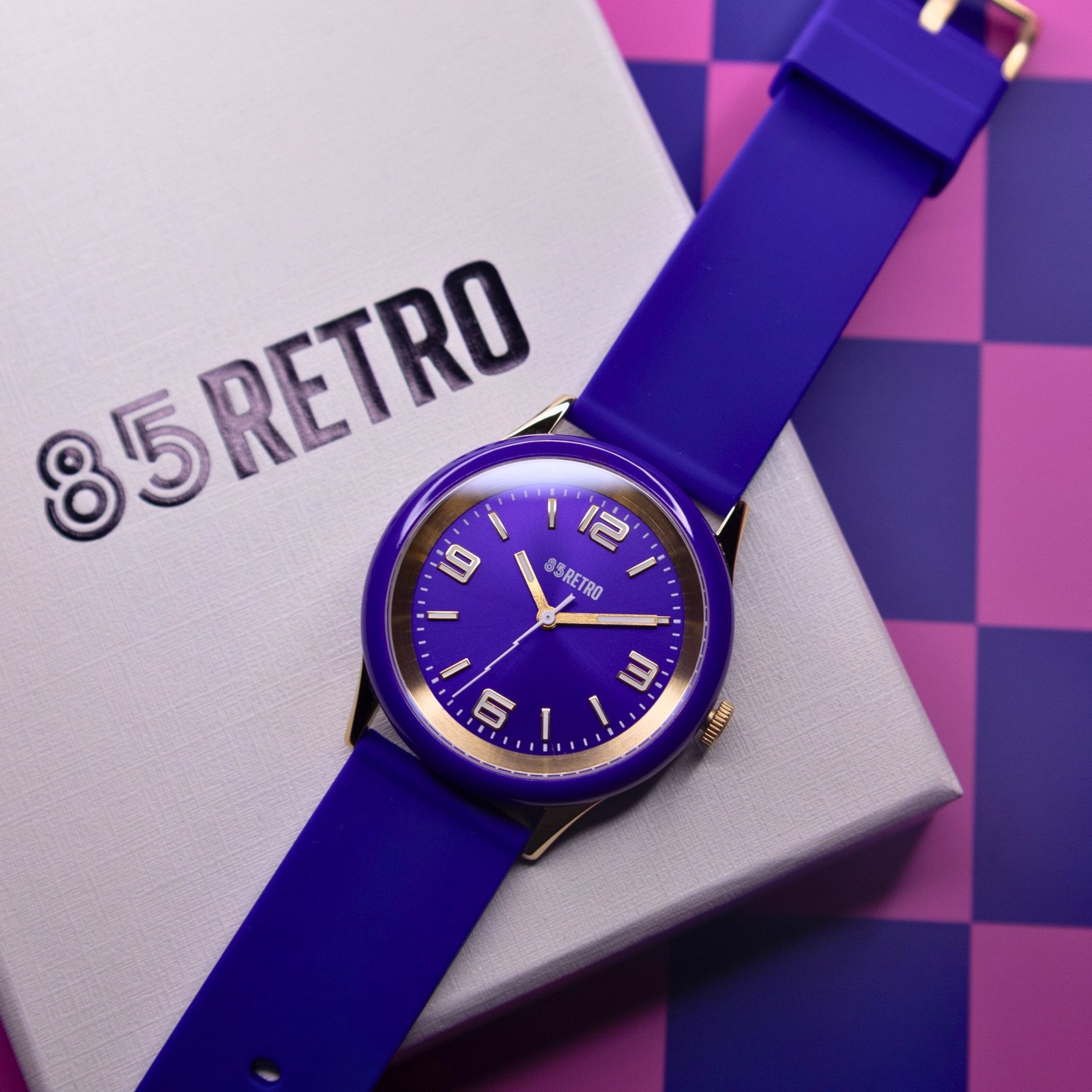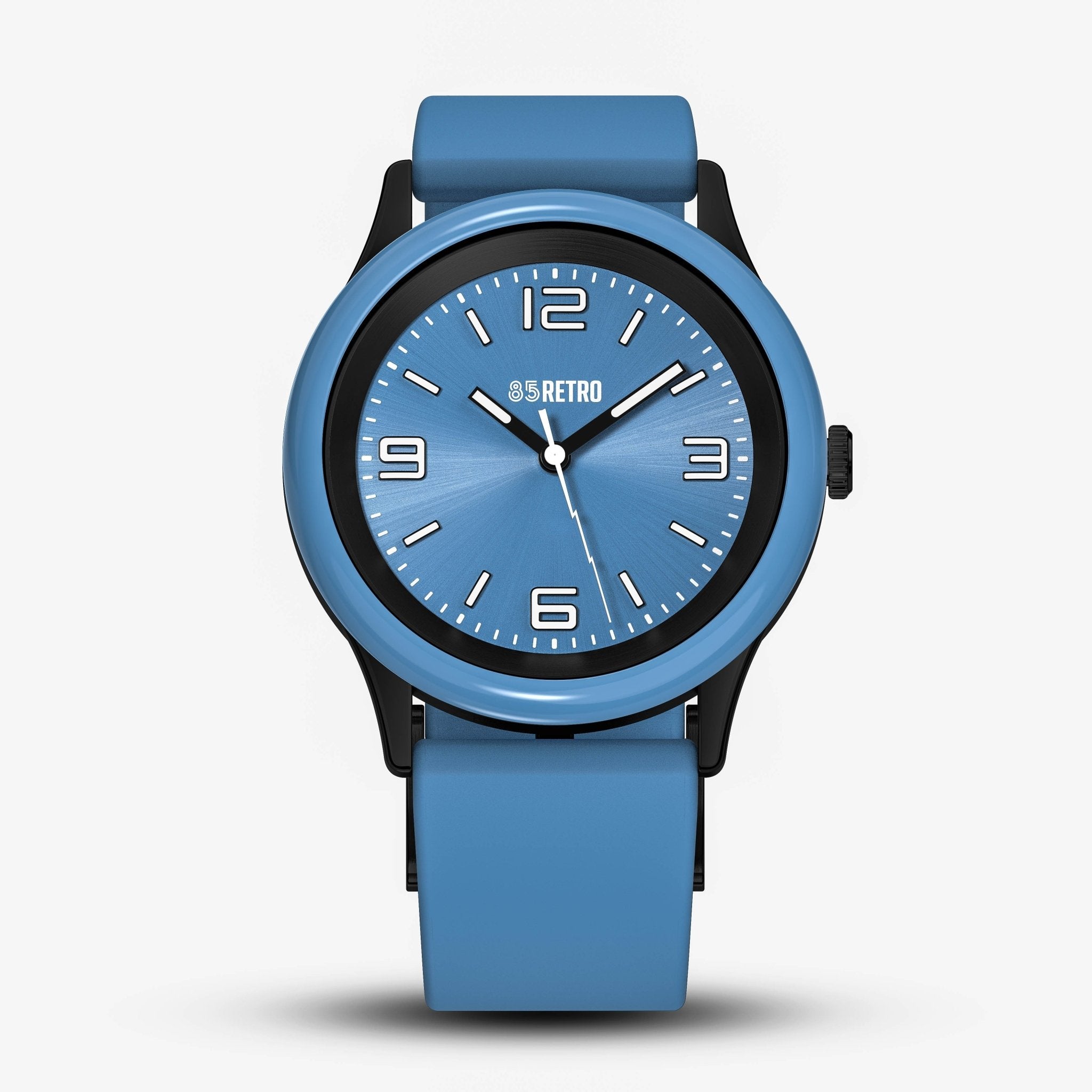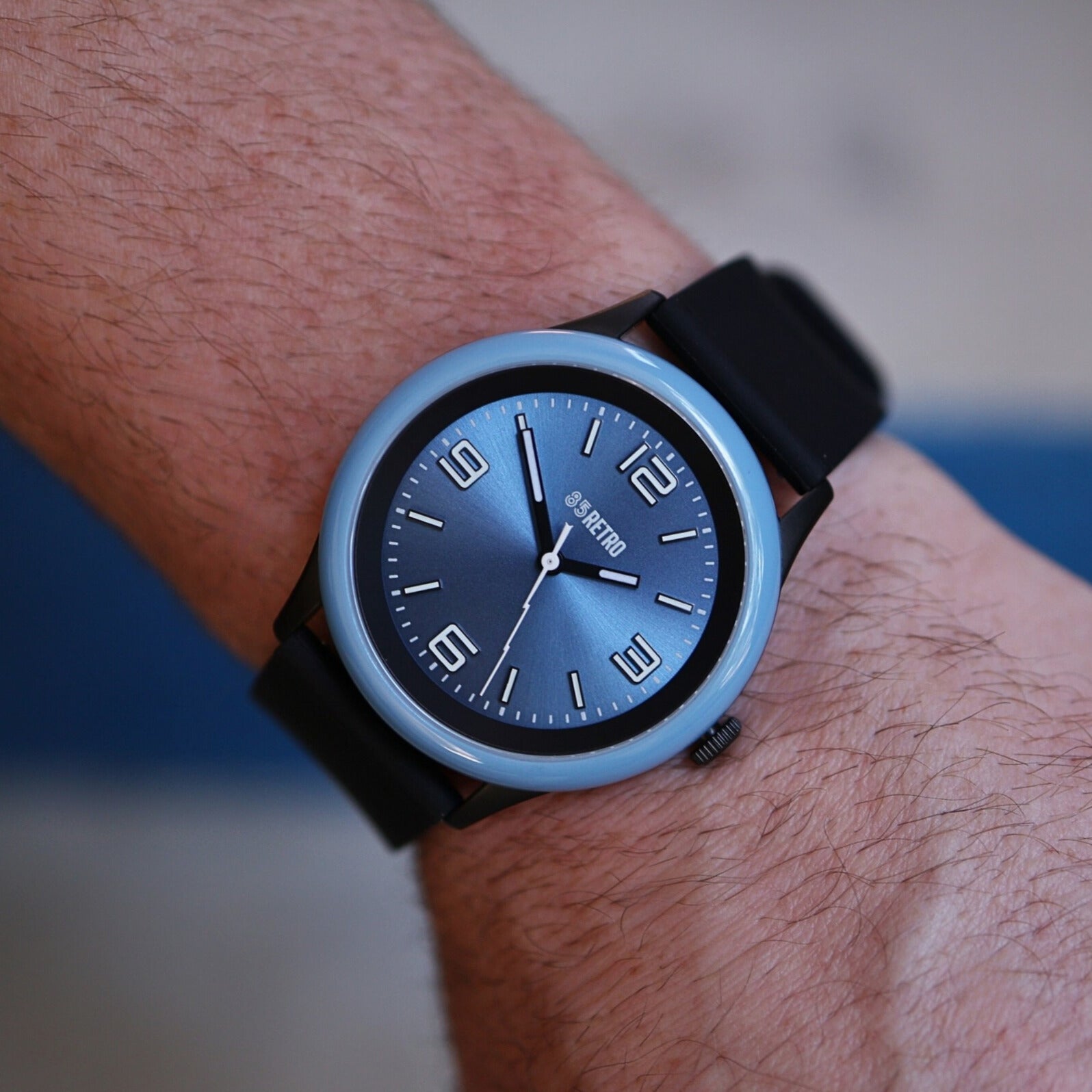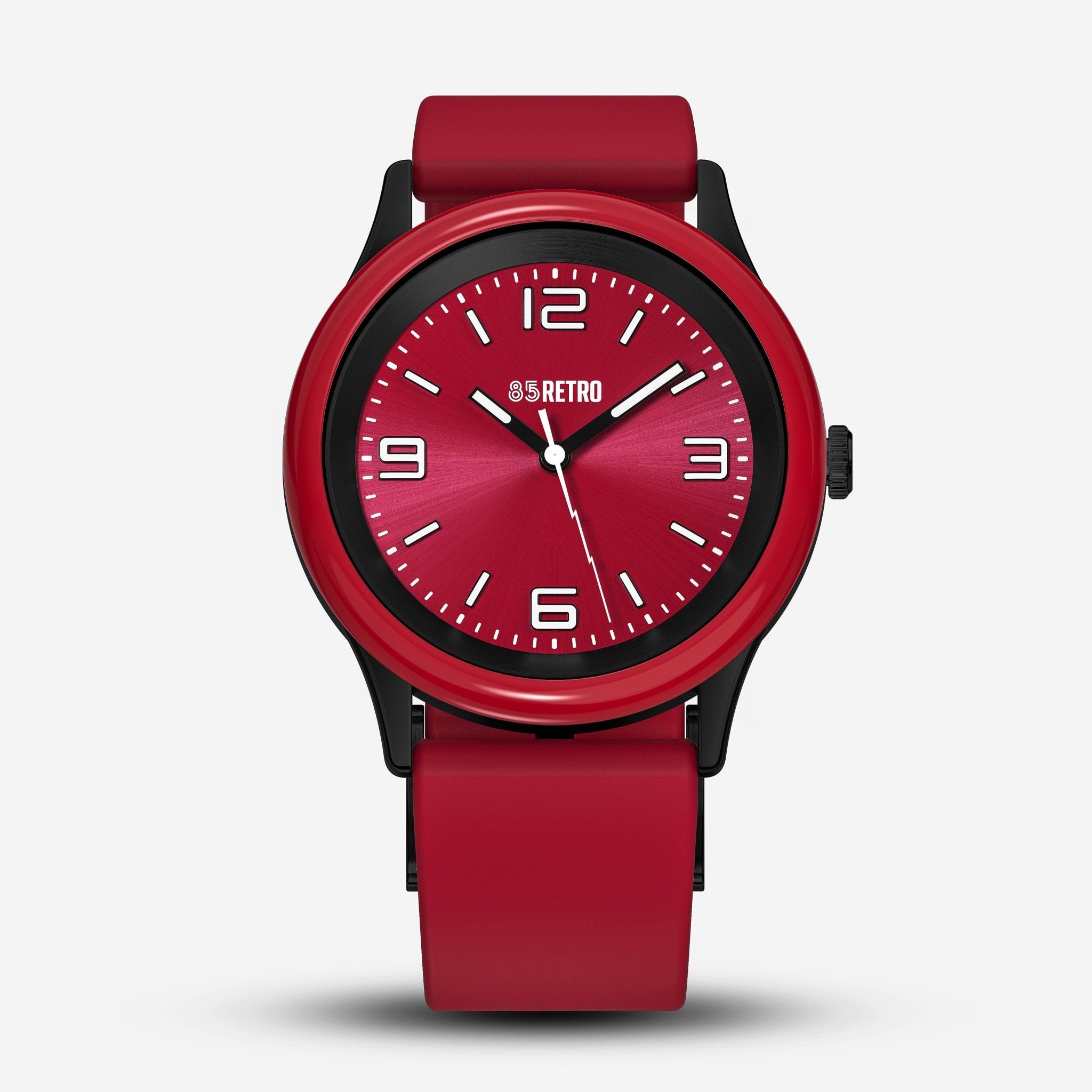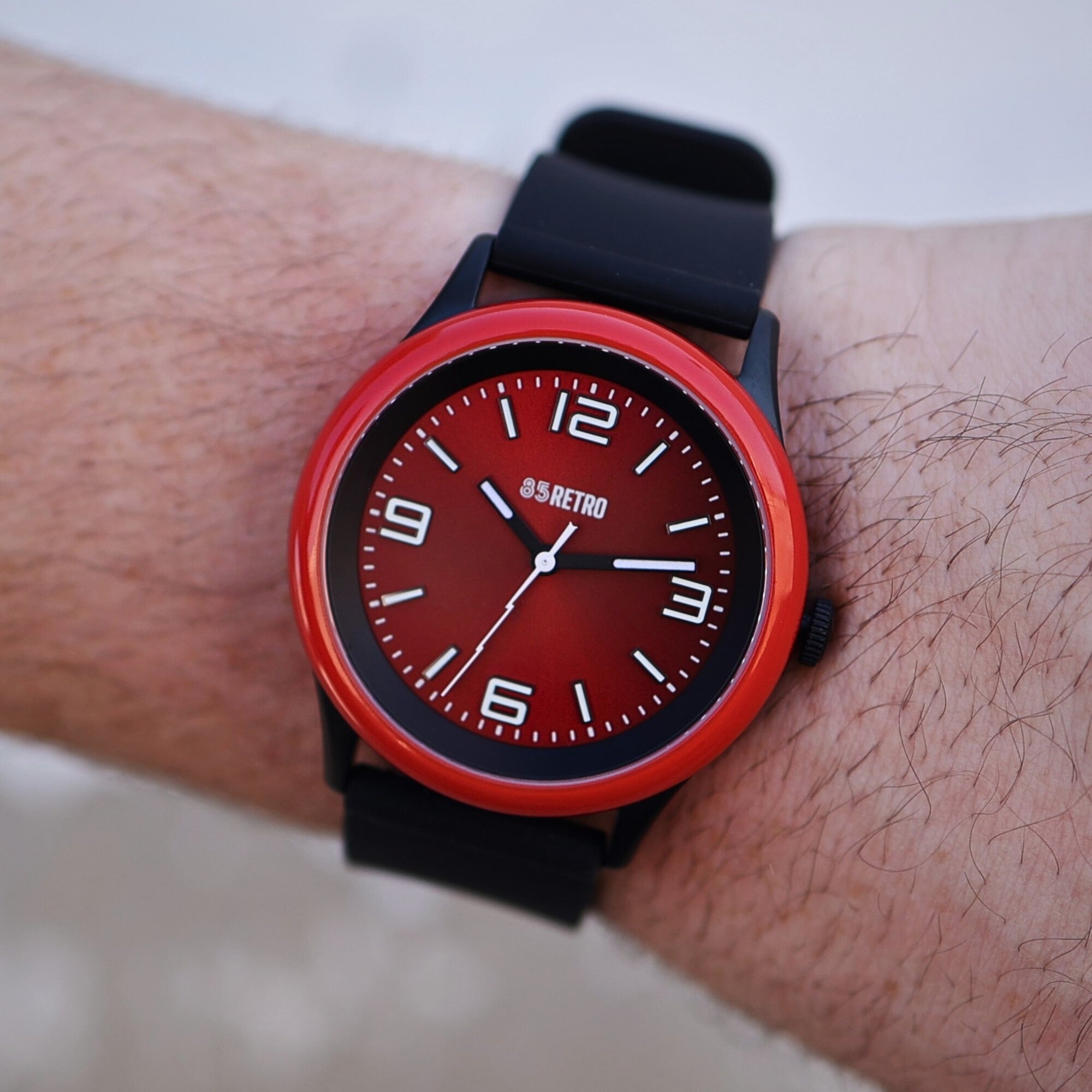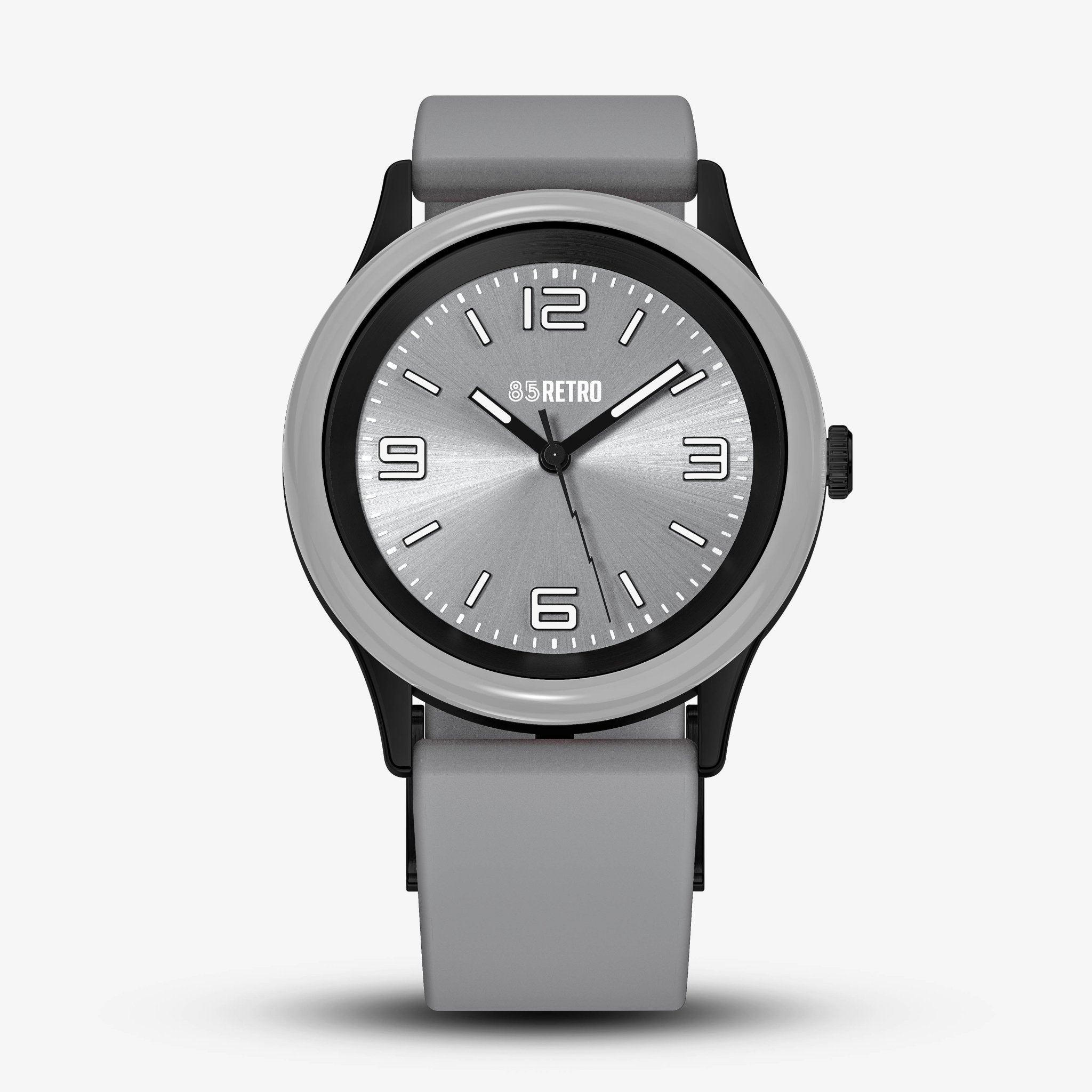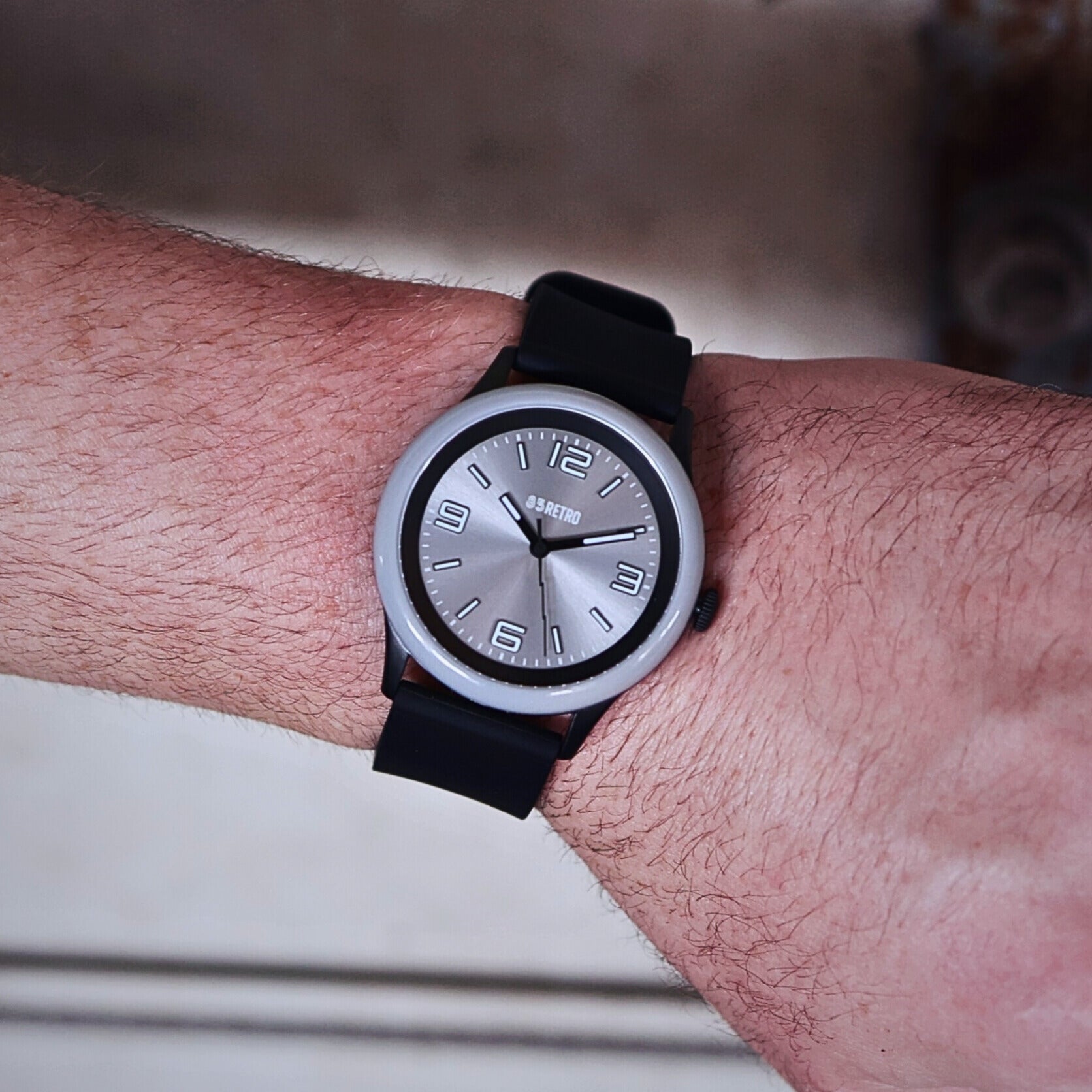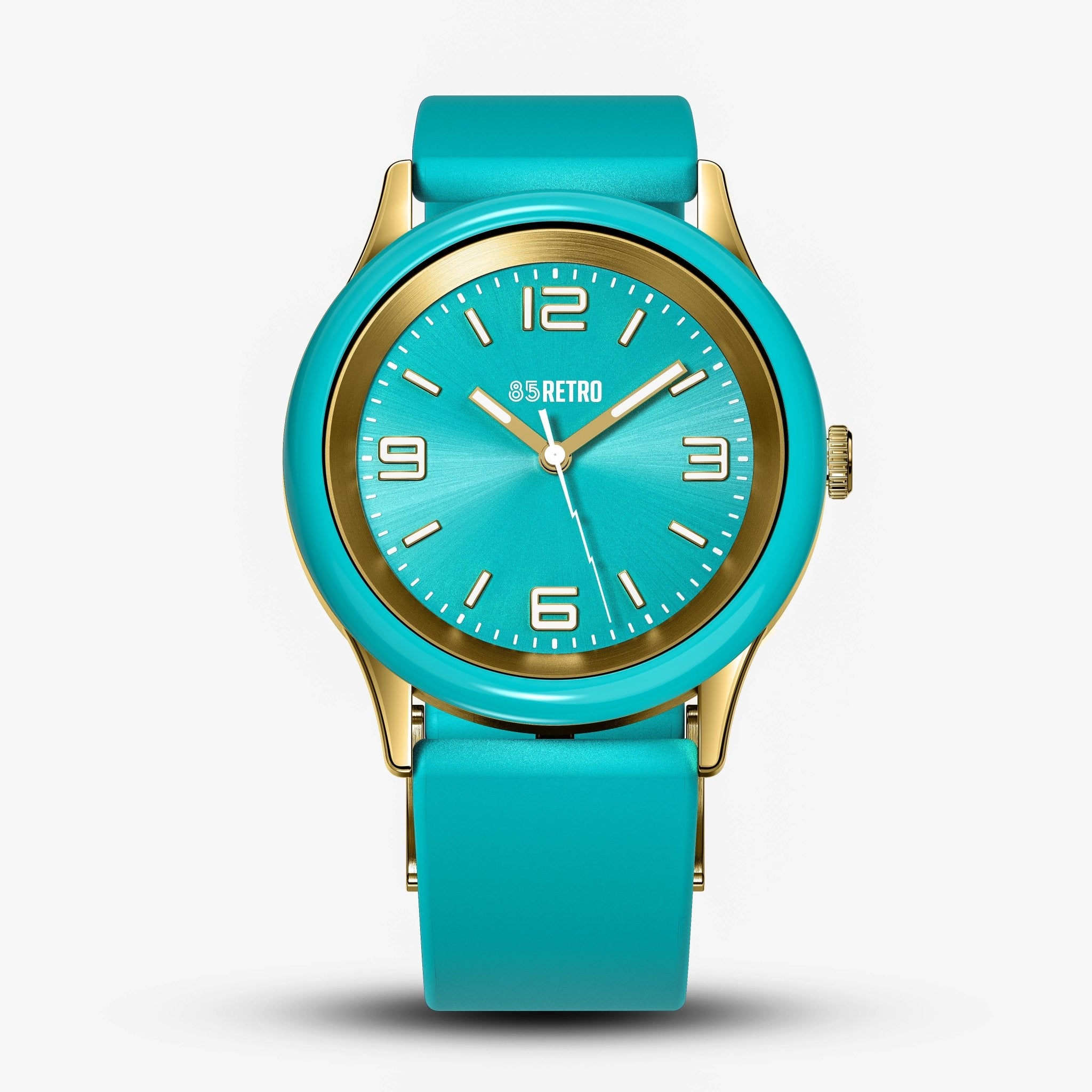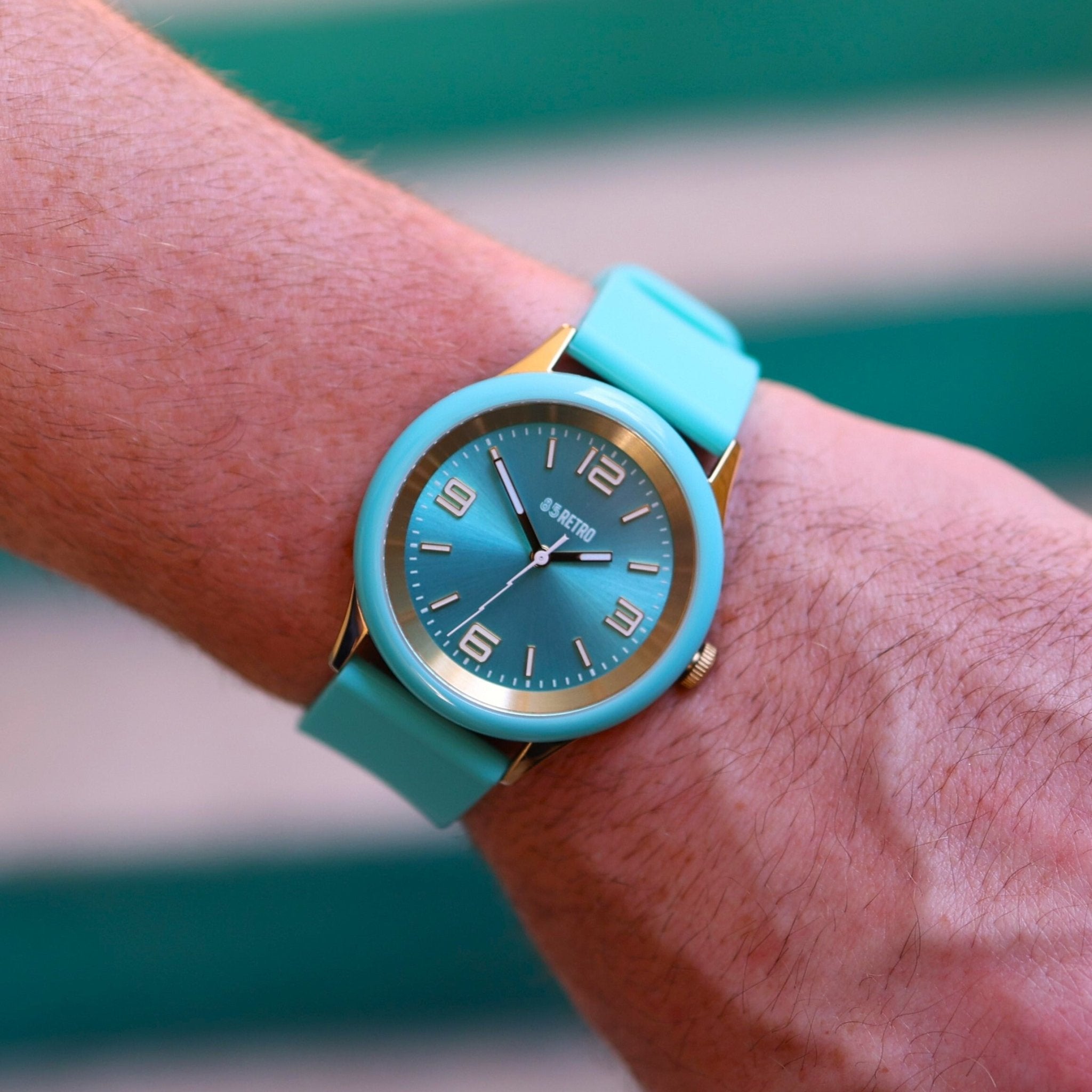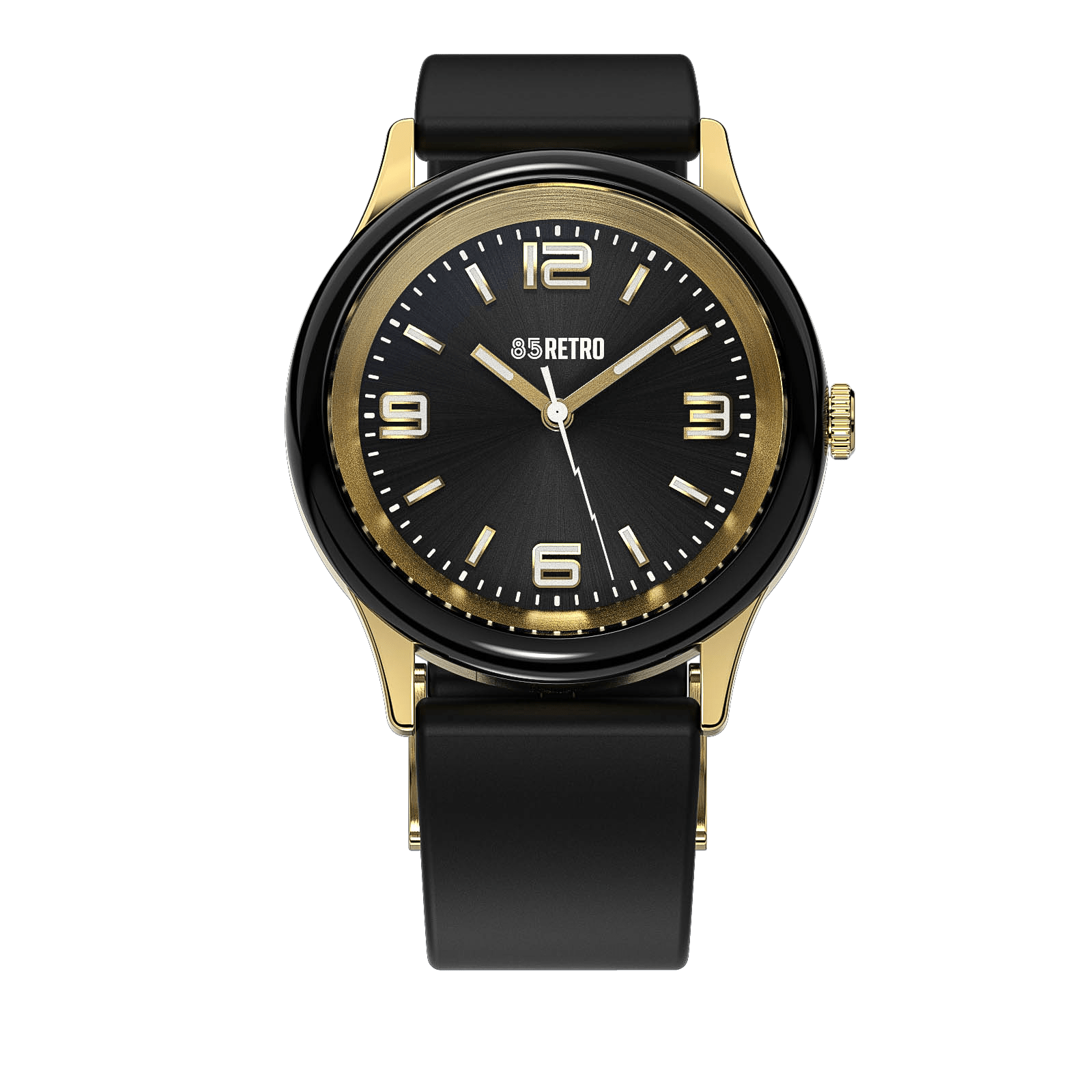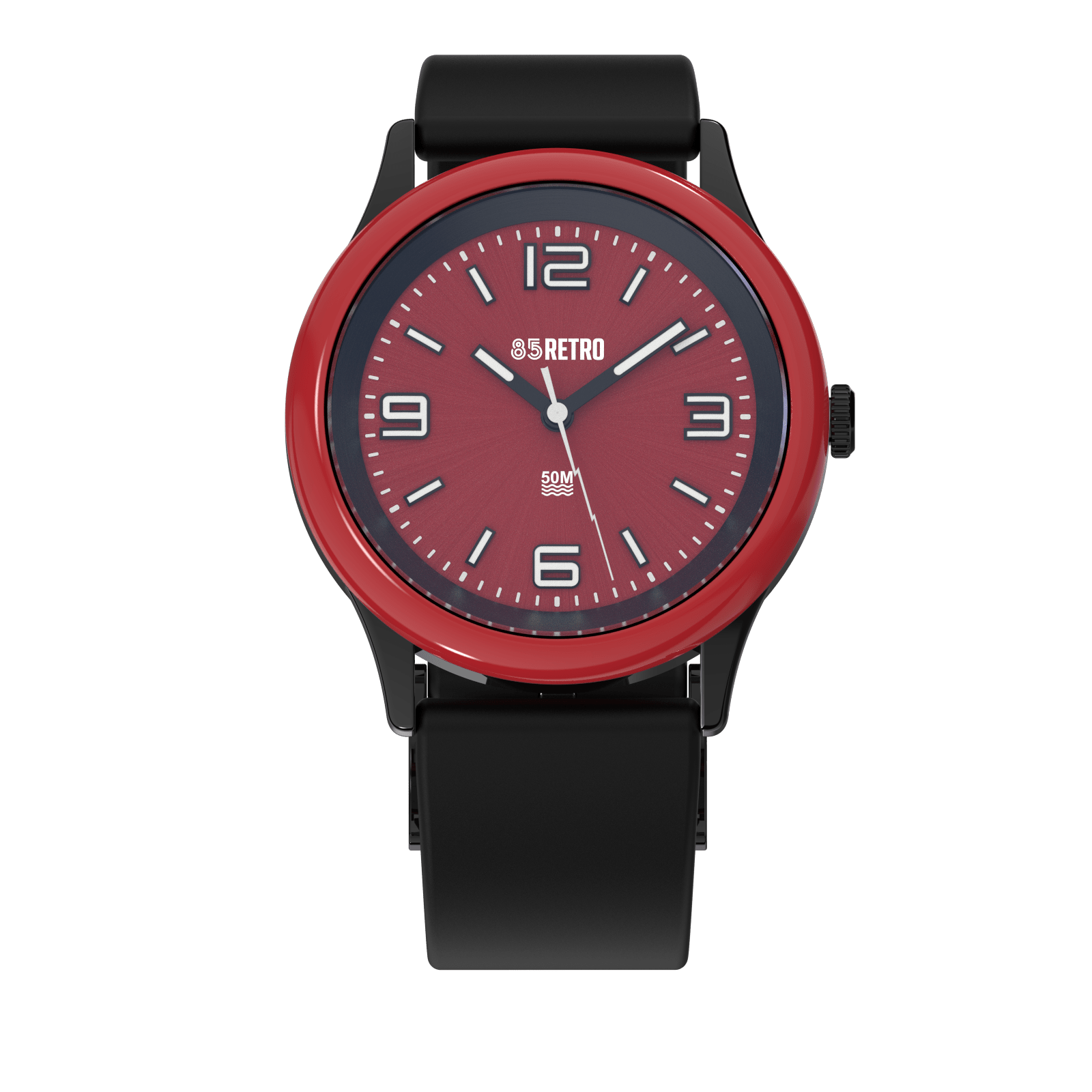Choosing a high-quality watch goes beyond just finding a design you like—it’s about investing in craftsmanship, durability, and timeless style that will elevate your overall look. Whether you’re a seasoned watch collector or a style enthusiast looking to expand your accessory game, knowing how to spot a high-quality watch can save you time, money, and ensure you get the most value from your purchase. Here’s a buyer’s guide to help you identify top-quality watches that complement your style and make a statement.
1. Pay Attention to Materials: Quality Starts with the Build
The materials used in a watch are the first indicator of its quality. High-quality watches are made from durable, long-lasting materials that not only look good but also withstand daily wear. Look for watches crafted from stainless steel, sapphire crystal, and premium strap materials, which are signs of superior craftsmanship.
Key Material Features:
- Stainless Steel Cases (316L): Stainless steel is a standard for high-quality watches due to its resistance to corrosion, scratches, and overall durability. The 85RETRO™ Model 1, for example, uses 316L stainless steel, which is known for its strength and sleek appearance.
- Sapphire Crystal: A scratch-resistant sapphire crystal protects the watch face, keeping it clear and looking new for years. It’s a must-have feature in any high-quality watch.
- Premium Straps: Genuine leather, high-grade silicone, and durable nylon or metal mesh straps are all indicators of quality. They not only add comfort but also elevate the watch’s aesthetic.
What to Avoid: Stay clear of watches with plastic or low-grade metal cases, as these are more prone to damage and do not age well.
2. Examine the Movement: The Heart of the Watch
The movement is essentially the engine of a watch, determining how well it keeps time and how smooth its functions are. There are two main types of movements: mechanical (including automatic) and quartz. Each has its own benefits, but the overall quality depends on the precision and craftsmanship of the movement.
Types of Movements:
- Mechanical and Automatic Movements: These are often found in luxury and high-end watches. Mechanical movements are powered by a spring mechanism, requiring winding, while automatic movements are self-winding through wrist motion. High-quality mechanical watches showcase intricate craftsmanship and offer a smooth, sweeping second hand.
- Quartz Movements: Quartz watches are battery-powered and known for their precision and low maintenance. High-quality quartz movements, like the Seiko VH31 used in the 85RETRO™ Model 1, offer a smooth, sweeping second hand that mimics the look of mechanical watches without the "tick-tock" sound.
What to Avoid: Low-cost watches often use cheap quartz movements with poor accuracy and noticeable ticking sounds. Opt for reputable movement manufacturers to ensure longevity and performance.
3. Look at the Watch’s Finish: Details Matter
A high-quality watch should have a refined finish, with attention to detail in every aspect. This includes the watch face, case, and any engravings or decorative elements. High-quality finishes enhance the watch’s overall look, making it feel more premium and polished.
Quality Indicators in Finishes:
- Smooth, Even Polishing: The case should be evenly polished with no rough edges, sharp corners, or visible seams. Whether it’s brushed or high-shine, the finish should look intentional and well-executed.
- Intricate Dial Design: High-quality watches often feature detailed dials with applied indices (raised markers), luminous hands, and well-aligned logos. The dial should be easy to read, with crisp, clean text and no smudges.
- Engravings: Look for watches with neatly engraved backs or logos. These details show that the brand has put effort into every part of the watch, not just the front.
What to Avoid: Watches with rough or uneven finishes, sloppy dial prints, or poorly executed engravings are signs of subpar craftsmanship.
4. Test the Weight: Heft Often Indicates Quality
A good-quality watch will have a noticeable weight when held. While not all heavy watches are high quality, a solid heft often indicates that durable materials were used rather than cheap plastic or thin metals.
Testing the Weight:
- Balanced Weight: The watch should feel balanced when worn on the wrist, without feeling overly heavy on one side.
- Substantial But Comfortable: A quality watch should have some weight but still be comfortable enough for daily wear. It should feel substantial, giving you the sense that you’re wearing a piece of craftsmanship rather than a flimsy accessory.
What to Avoid: If the watch feels too light, it may be made with lower-quality materials that won’t hold up over time.
5. Check the Water Resistance: A Sign of Durability
Water resistance is an important feature that speaks to the durability of a watch. Even if you don’t plan on swimming with your watch, a decent level of water resistance indicates that the watch is well-sealed and less likely to be damaged by everyday splashes or rain.
Water Resistance Levels:
- 30 Meters (3 ATM): Splash resistant; safe for light water exposure but not submersion.
- 50 Meters (5 ATM): Suitable for brief swimming or light water activities; a common standard for casual watches like the 85RETRO™ Model 1.
- 100 Meters (10 ATM) and Above: Great for swimming, snorkeling, and other water sports; often found in more rugged, sport-oriented watches.
What to Avoid: Watches without any water resistance ratings or those that only withstand minimal water exposure are less durable.
6. Inspect the Strap or Bracelet: Comfort and Quality
The strap or bracelet of a watch significantly impacts its overall look and comfort. High-quality straps should feel comfortable on the wrist, with sturdy clasps and easy adjustability. They should also complement the watch’s design, adding to its overall appeal.
Strap Features to Look For:
- Genuine Leather: Soft, supple leather straps that conform to the wrist with wear.
- Stainless Steel Bracelets: Well-constructed metal bracelets with secure links and clasps that feel smooth against the skin.
- Quick-Release Bands: Interchangeable straps with quick-release mechanisms allow for easy customization, enhancing the watch’s versatility.
What to Avoid: Thin, flimsy straps or bracelets that feel uncomfortable, scratchy, or poorly constructed.
7. Consider Brand Reputation and Reviews
When buying a watch, the brand’s reputation can provide insight into the overall quality of the product. Established brands with a history of craftsmanship, innovation, and positive customer feedback are generally more reliable choices.
How to Research:
- Read Reviews: Look for reviews from other buyers to see how the watch performs in real-world use. Pay attention to comments on durability, comfort, and style.
- Explore the Brand’s History: Brands with a strong legacy in watchmaking often have higher standards for quality. Research the brand’s background to ensure they are known for producing reliable timepieces.
What to Avoid: Avoid watches from unknown brands with little information available, as they may lack quality assurance and customer support.
Conclusion
Spotting a high-quality watch involves looking beyond the surface and paying attention to the materials, movement, finish, and brand reputation. By focusing on these key aspects, you can invest in timepieces that not only enhance your style but also provide long-lasting performance and satisfaction. Whether you’re adding to your collection or making your first purchase, the 85RETRO™ Model 1 and similar high-quality watches offer the perfect blend of style, craftsmanship, and value, ensuring you always make a smart, stylish choice.



